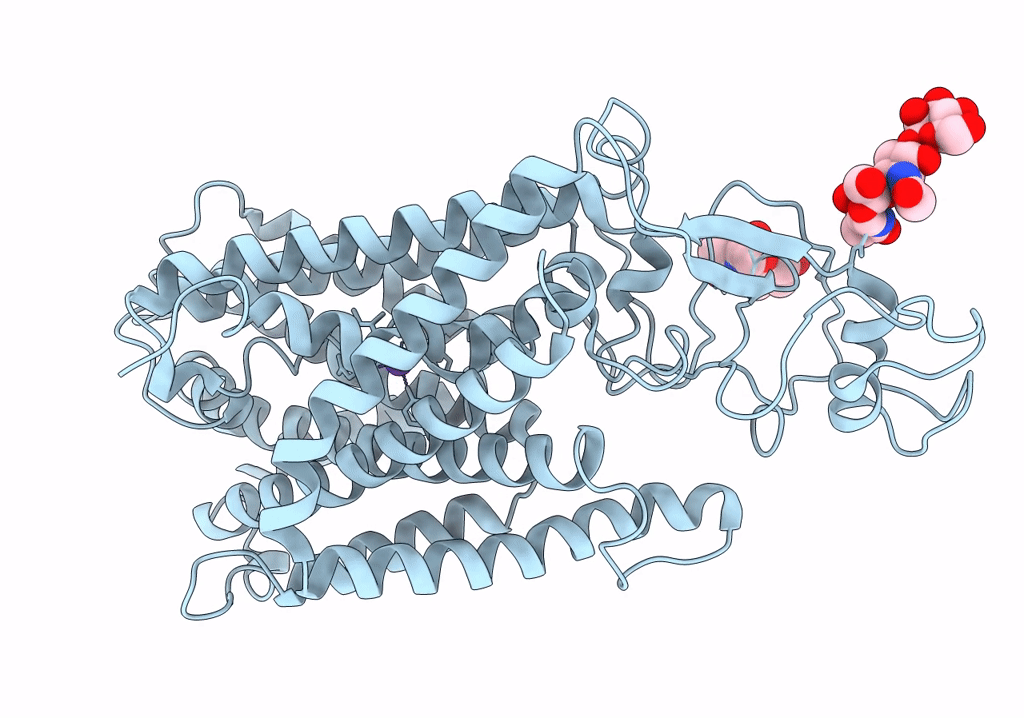
Deposition Date
2019-10-05
Release Date
2020-06-10
Last Version Date
2024-10-23
Entry Detail
PDB ID:
6UKN
Keywords:
Title:
Cryo-EM structure of the potassium-chloride cotransporter KCC4 in lipid nanodiscs
Biological Source:
Source Organism:
Mus musculus (Taxon ID: 10090)
Host Organism:
Method Details:
Experimental Method:
Resolution:
3.65 Å
Aggregation State:
PARTICLE
Reconstruction Method:
SINGLE PARTICLE


